Gartner’s Magic Quadrant for Cloud Database Management Systems
From AWS, Google and Oracle to Databricks, IBM and Snowflake, here are the top 16 vendors leading the cloud database management systems market, according to Gartner’s new Magic Quadrant.
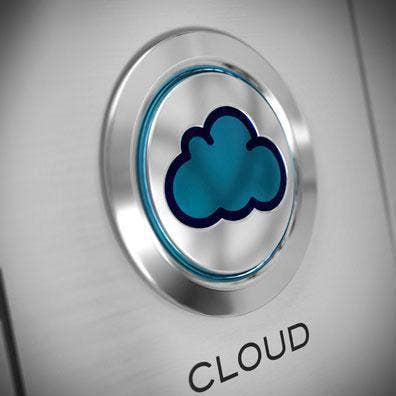
Gartner’s Top 16 Cloud Database Management Systems
As data management continues to shift to the cloud, the landscape of vendors and offerings are becoming increasingly complex, according to Gartner’s new Magic Quadrant for Cloud Database Management Systems.
By 2022, 75 percent of all databases will be deployed or migrated to a cloud platform, with only 5 percent ever considered for repatriation to on-premises, according to IT research firm Gartner. Additionally, Gartner forecasts that by 2023, cloud database management systems revenue will account for 50 percent of the total database management systems (DBMS) market.
Gartner defines the cloud DBMS market as products that offer fully managed public or private cloud software systems that manage data in cloud storage.
CRN breaks down the 16 market-leading companies who made Gartner’s Magic Quadrant for Cloud Database Management Systems, along with each company‘s strengths and weaknesses in the space.

Gartner Methodology For Cloud Database Management Systems
To be included in Gartner’s 2020 Magic Quadrant for Cloud Database Management Systems, a vendor had to generate more than $20 million in cloud DBMS revenue in 2019 and have production presence in accounts in multiple industry segments.
Vendors needed market presence in at least three major regions with existing sales offices or distribution partnerships in the region, while also support for multiple cloud database management use cases.
Gartner’s Magic Quadrant ranks vendors on their ability to execute and completeness of vision and places them in four categories: Niche Players (low on vision and execution), Visionaries (good vision but low execution), Challengers (good execution but low vision) and Leaders (excelling in both vision and execution).

Leader: AWS
Public cloud titan Amazon Web Services took home the gold medal for execution on Gartner’s Magic Quadrant for Cloud Database Management Systems, while also ranking No. 4 for vision on the quadrant. The $35 billion Seattle, Wash.-based AWS is the largest cloud service provider in the world, offering a range of database management services. Amazon Relational Database Service (RDS), Amazon Aurora and Amazon DynamoDB target operational use cases, while Amazon Redshift, Amazon Athena and Amazon EMR are geared towards analytics. There’s also Amazon Neptune for graph use cases, Amazon DocumentDB for document-based use cases, Amazon Timestream for managing time series data and Amazon Keyspaces for Apache Cassandra.
Strength: Gartner says AWS has a better track record for availability and reliability than all other hyperscale providers.
Weakness: AWS’s support for organizations that have data on multiple clouds lags behind that of some other hyperscale providers and most independent service providers.

Leader: Microsoft
The public cloud and software kingpin ranks second place for execution on Gartner’s Magic Quadrant as well as No. 6 for vision. The $143 billion Redmond, Wash.-based company provides a broad range of cloud database management systems including Azure Synapse Analytics, Azure SQL Database, Azure SQL Managed Instance, Azure Cosmos DB, Azure HDInsight, and Azure Database for PostgreSQL, MySQL and MariaDB. Microsoft’s cloud DBMS offerings span nearly all use cases.
Strength: Microsoft Azure is the No. 2 cloud service provider for data management by revenue and unlike some of its competitors, Microsoft has embraced a multimodel strategy for many of its data management offerings which can simplify deployment.
Weakness: Gartner contributors report that the move to Azure was often more expensive than their on-premises deployments had been, reflecting both a lack of maturity in relation to general financial governance practices among end-users as well as cost structure standardization across Microsoft Azure.
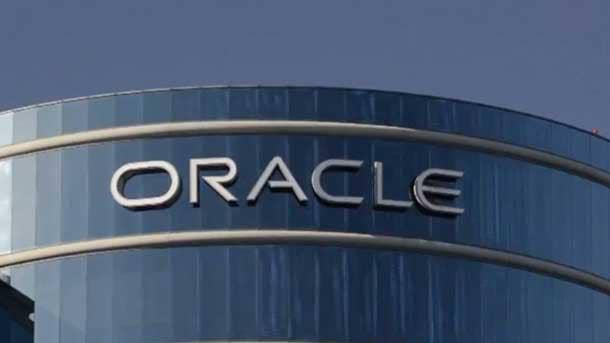
Leader: Oracle
Oracle won the gold medal for vision on Gartner’s Magic Quadrant, besting all public cloud competitors, while also ranking No. 4 for execution. The Redwood City, Calif.-based company provides the Oracle Autonomous Database, which includes Autonomous Transaction Processing and Autonomous Data Warehouse services, on the Oracle Cloud Infrastructure and the Oracle Exadata Cloud@Customer (ExaCC) private cloud. The $39 billion company also offers Autonomous JSON Database, Oracle MySQL Database Service, Oracle NoSQL Database and Oracle Big Data Service.
Strength: Not only is the Oracle DBMS the same in on-premises and Autonomous Database versions, but with the ExaCC private cloud, Oracle has a complete hybrid environment for sharing data and enabling migrations to the cloud.
Weakness: The only managed DBMS services available on Oracle’s cloud are Oracle’s own DBMS services and Oracle Big Data Service. Additionally, Oracle RAC is not supported on other clouds.
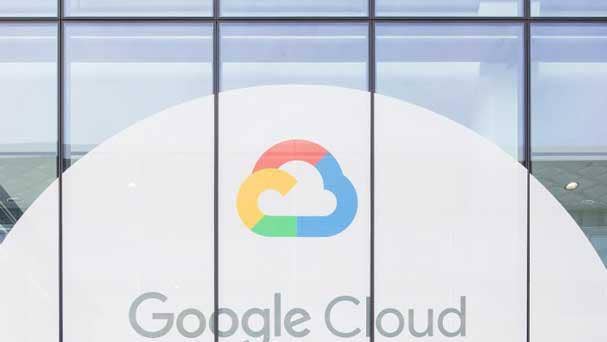
Leader: Google
The search and public cloud giant ranks No. 2 for vision and No. 3 for execution on Gartner’s Magic Quadrant. The Mountain View, Calif.-based company’s Google Cloud Platform (GCP) supports many database platform as-a-service products -- from fully managed versions of products from third-party providers, to its Google Cloud SQL, Cloud Spanner, Cloud Bigtable, BigQuery, Dataproc, Cloud Firestore and Firebase Realtime Database. Google has customers of every size across all industries.
Strength: Google has been launching resources and database platform as-a-service products for enterprises, while also adding functionality to BigQuery and Cloud Spanner. With new pricing models and stronger financial governance, Google’s is rounding out its enterprise-ready capabilities.
Weakness: Gartner said Google has yet to announce an integrated cloud data ecosystem brand that packages its existing offerings — ranging from databases to analytics — as a single solution, along with an end-user workbench and metadata catalog.
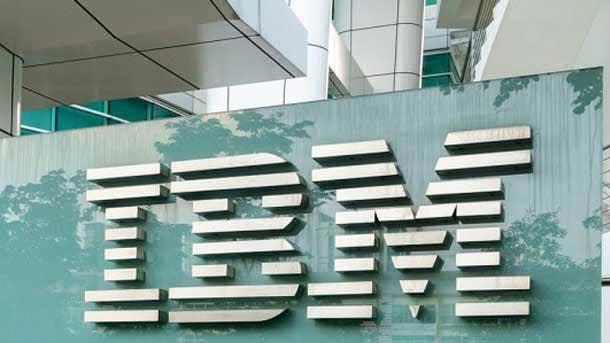
Leader: IBM
IBM ranks No. 3 for vision and No. 6 for execution on Gartner’s Magic Quadrant. The Armonk, N.Y.-based company offerings include IBM Db2 on Cloud, IBM Db2 Warehouse on Cloud, IBM Cloud SQL Query, IBM Cloudant, the IBM Cloud Database family and IBM Event Streams. IBM also provides managed services for PostgreSQL, MongoDB, Elasticsearch, Redis, RabbitMQ, DataStax and EDB. IBM Cloud Object Storage serves as a landing zone and clearinghouse to complete IBM’s offerings for operational and analytic use cases.
Strength: IBM’s new CEO Arvind Krishna has a long history in data and analytics. The company is being boosted by its Red Hat acquisition and a new pricing model, including a free tier and portability of usage entitlements across the IBM product portfolio.
Weakness: Gartner said customers often express concern about IBM’s support for existing products. IBM’s overall DBMS revenue remained flat in a market that grew by over 18 percent year over year, according to Gartner.
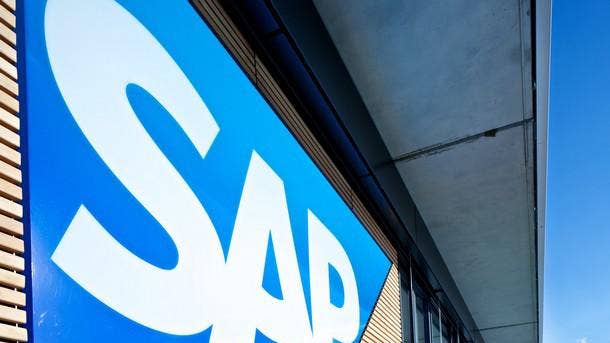
Leader: SAP
The enterprise software standout ranks No. 5 for execution and among the top of the pack for vision on Gartner’s Magic Quadrant. The Germany-based company provides SAP HANA, SAP Adaptive Server Platform Edition and SAP SQL Anywhere products focused on both operational and analytical DBMS use cases. SAP invests heavily to expand its data management portfolio to support hybrid cloud. It is also expanding its cloud-based analytics products with SAP Data Warehouse Cloud, SAP Analytics Cloud, SAP HANA Cloud, SAP HANA Cloud Data Lake and SAP Data Intelligence.
Strength: SAP HANA provides unified analytical and transactional processing against a single copy of data, embedded predictive analytics, and multi-model capability with embedded graph features, language processing, OLAP engines and data virtualization.
Weakness: Gartner said many SAP clients are unaware of the breadth and depth of SAP’s data management offerings, while SAP HANA also suffers from the perception that it is expensive.
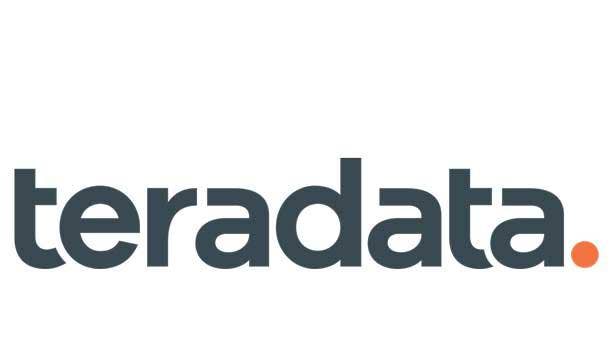
Leader: Teradata
Teradata ranks No. 5 for vision on Gartner’s Magic Quadrant while ranking near the top of the pack for execution. The $1.9 billion San Diego, Calif.-based company offers its Teradata Vantage product is focused on a unified set of analytics capabilities, such as graph processing, ML and text processing in the Teradata relational database management system. Teradata Vantage supports SQL query, a wide variety of machine learning algorithms, graph processing and support for logical data warehouse use cases. Teradata QueryGrid provides multisystem query support via Teradata’s own software and open-source Presto.
Strength: A longtime frontrunner in the analytical database management market, Teradata has brought its entire feature-rich offering to the cloud. Its technology encompasses or integrates all the major analytical services and languages.
Weakness: Teradata doesn’t aim to offer a general-purpose or operational database, although it does perform well in terms of operational intelligence. Its mostly considered by organizations wanting a best-of-breed analytical cloud DBMS.

Leader: Alibaba Cloud
Alibaba Cloud ranks near the top of the pack for execution and among the middle for vision on Gartner’s Magic Quadrant. The Singapore-based company offers broadly focused products around operational and analytical databases as well as a wide range of other cloud-based services. Operational database services include ApsaraDB for PolarDB, ApsaraDB RDS for MySQL, PostgreSQL and SQL Server, ApsaraDB for OceanBase, and ApsaraDB for Redis, MongoDB, HBase and Cassandra. Analytic database services include AnalyticDB for MySQL, the distributed NoSQL Alibaba Cloud Table Store, Data Lake Analytics, and MaxCompute, a large-scale serverless cloud data warehouse. Apsara Stack offers an on-premises implementation.
Strength: With private funding, Alibaba Cloud is building a presence in the global market from its home in China where it is the largest cloud provider.
Weakness: The potential for trade wars and sanctions could hinder Alibaba Cloud’s plans in the future. However, Gartner said Alibaba is self-reliant in terms of technology supply.
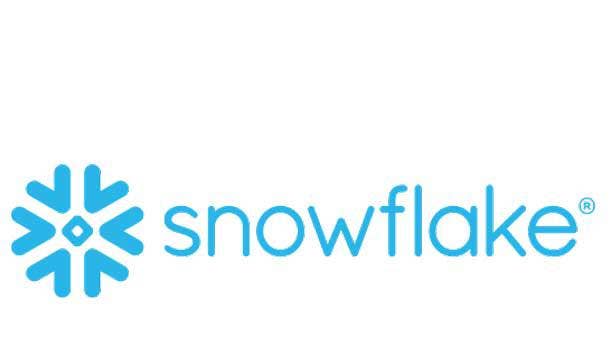
Challenger: Snowflake
Snowflake ranks near the top of the pack for execution on Gartner’s Magic Quadrant, and among the bottom for vision. The Snowflake Cloud Data Platform, which is available on AWS, GCP and Microsoft Azure, focuses on delivering production optimized delivery of semantically consistent data in a data warehouse as-a-service model. The platform supports relational data lakes, document style data, data sharing and a private cloud offering called Virtual Private Snowflake.
Strength: Snowflake investment in data-sharing capabilities is enabling enterprises to share all or a subset of their data with both internal and external consumers in a well-governed manner. These capabilities also provide the basis for the Snowflake Data Marketplace and enable data monetization.
Weakness: Although Snowflake supports SQL and JavaScript-based user-defined functions, it doesn’t provide libraries of prebuilt advanced in-database analytics and lacks support for in-database creation and execution of machine learnings models.
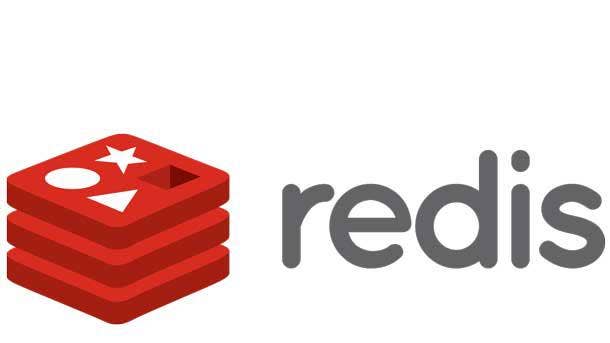
Challenger: Redis Labs
Redis Labs ranks among the middle of the pack for execution and near the bottom for vision on Gartner’s Magic Quadrant. The Mountain View, Calif.-based nearly $100 million company offers Redis Enterprise Cloud on the AWS, GCP and Microsoft Azure clouds, as well as Redis Enterprise Software on-premises. Its offerings are built on the open-source Redis product. Redis Enterprise Cloud is an in-memory nonrelational, multi-model data store that includes capabilities suited for operational DBMS use cases and augmented transaction processing.
Strength: Redis Labs caters to the growing areas of artificial intelligence and machine learning, which require rapid and repeated access to data, by providing very high-performance data access.
Weakness: The company’s in-memory data cache technology has made it a successful vendor, but frequently either as a supplement to an incumbent DBMS vendor or as a result of demand from application developers. Gartner said this limits Redis’ overall growth opportunities.
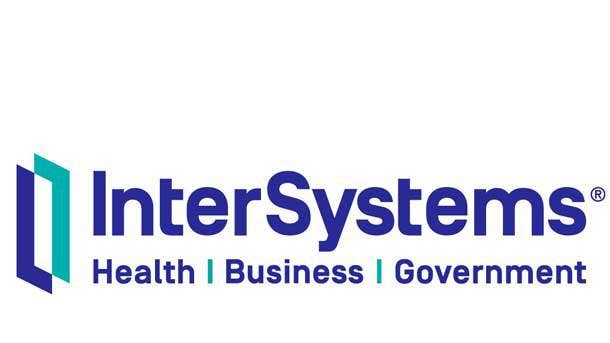
Visionary: InterSystems
InterSystems ranks among the middle of the pack for both vision and execution on Gartner’s Magic Quadrant. The $727 million Cambridge, Mass.-based company’s IRIS offering is a multimodel, hybrid DBMS supporting both relational and nonrelational data models based on InterSystems Caché. Customers are primarily from the healthcare sector, but InterSystems has recently increased its presence in other industries such as manufacturing and financial services. IRIS is currently available as a private, fully managed database platform as-a-service (dbPaaS) on AWS and Microsoft Azure. A fully managed public version is expected in the near future.
Strength: IRIS has a long history in healthcare which needs reliability, scalability and interoperability with Interystem demonstrating these capabilities in both a stand-alone product and as a platform from independent software vendors. Gartner said this bodes well as InterSystem broadens its reach into new industries.
Weakness: InterSystems was late to offer a managed cloud dbPaaS. Although IRIS is available as a private fully managed platform, InterSystems has yet to deliver a serverless and elastic dbPaaS.
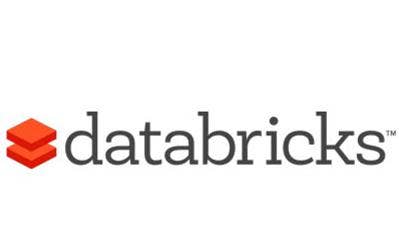
Visionary: Databricks
Databricks ranks in the middle of the pack for both vision and execution on Gartner’s Magic Quadrant. The San Francisco-based company offers the Databricks Unified Data Analytics Platform on Microsoft Azure, AWS and Alibaba, with Gartner expecting Google Cloud Platform availability soon. Databricks is traditionally associated with Apache Spark and its data science focus but has invested heavily in the Delta Engine technology that powers its own parallel processing engine and indexing capabilities. It aims to bring traditional data warehousing performance to semantically flexible data stores via its open-source Delta Lake offering.
Strength: Databricks’ multi-cloud offering provides capabilities to unify the clouds. Any workspace can access data in any cloud, so any governance applied at the workspace level will work across clouds.
Weakness: Although Databricks is used for some operational use cases, it is not optimized for traditional transactional workloads typically associated with operational relational DBMSs.
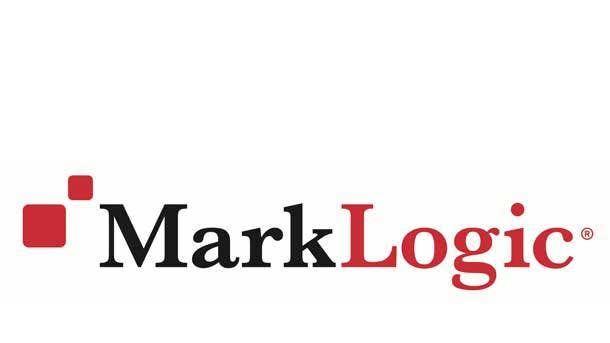
Visionary: MarkLogic
MarkLogic ranks in the middle of the pack for both vision and execution on Gartner’s Magic Quadrant. The San Carlos, Calif.-based company’s MarkLogic Data Hub Platform is offered in the cloud as the MarkLogic Data Hub Service and is available on AWS and Microsoft Azure. MarkLogic focuses on data management built around a transactional document store, as well as an integration hub which enables users to access data stored remotely through a universal index to reduce remote data movement through optimization of remote access.
Strength: By using its universal index to enable query and access optimization before retrieval of remote data, it reduces the amount of data that needs to be retrieved over lower-speed connections and improves performance.
Weakness: MarkLogic does not have widespread mind share. Gartner indicates that even customers with use cases for which MarkLogic would be a good fit are not aware of the company’s offering.
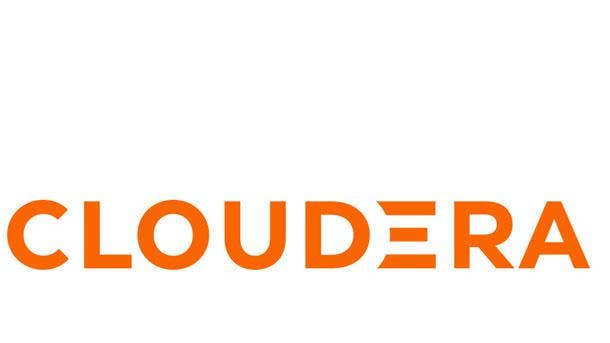
Visionary: Cloudera
Cloudera ranks among the middle of the group for vision on Gartner’s Magic Quadrant, and at the bottom for execution. The Palo Alto, Calif.-based company’s Cloudera Data Platform (CDP) includes independently available Cloudera Data Hub, Cloudera Data Warehouse and Cloudera Machine Learning cloud services focusing on operational and analytic uses. Recent investments have focused on delivering cloud-native services, enhancing operational DBMS capabilities, and innovating to combine the former Cloudera and Hortonworks offerings.
Strength: With 2,000 global customers, Cloudera has significant on-premises deployments of Cloudera and Hortonworks products. It continues to support and update these during the transition to its new CDP platform and the ongoing movement of customers to the cloud.
Weakness: The company’s compute and storage cloud-based pricing model is new to Cloudera on-premises customers. Gartner’s said Cloudera clients up for contract renewals or new deployments complain about higher list prices for the Hortonworks Data Platform and additional variable pricing for computing and storage resources for larger nodes.

Niche Player: Tencent
Tencent ranks near the bottom for vision on Gartner’s Magic Quadrant and close to the middle of the pack for execution. The China-based technology and gaming giant offers TencentDB, a managed service that includes CynosDB, a distributed relational DBMS (RDBMS) compatible with MySQL and PostgreSQL; and TBase, which is Postgres-based with Oracle compatibility. It also includes MySQL, MongoDB, Redis, PostgreSQL, MariaDB and SQL Server for operational use cases. Tencent also offers TData Appliance hardware. Over 90 percent of Tencent’s business is done in Asia, primarily in China, although Tencent has hundreds of subsidiaries that use and sometimes remarket its DBMS products.
Strength: Replacing non-Chinese products is a growing strategy supported by the Chinese government. Western products, especially those of Oracle, are prime targets for Tencent to continue growth.
Weakness: Establishing itself outside of Asia will remain a struggle until the company expands visibility and tunes its messages and offerings to Western expectations.
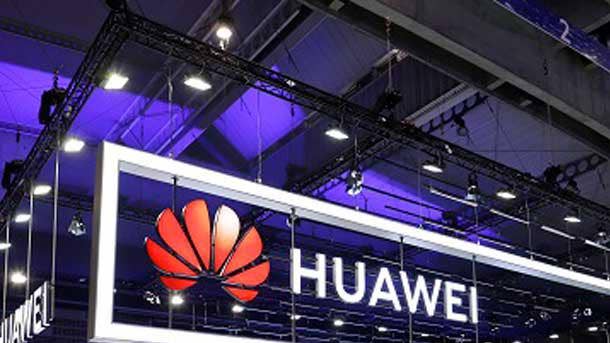
Niche Player: Huawei
The giant Chinese technology conglomerate ranks last for both execution and vision on Gartner’s Magic Quadrant. Huawei’s GaussDB in a range of offerings. Relational DBMS offerings include GaussDB for MySQL, PostgreSQL and Data Warehouse Service. Nonrelational offerings include GaussDB for Mongo, Influx, Cassandra and Redis. All are available on the Huawei Cloud and Huawei Cloud Stack for on-premises deployment. Huawei is focused a hybrid stack that can accommodate the full range of data management use cases across cloud and on-premises environments.
Strength: With Huawei focused mainly on China, the company has proven itself at scale as China-based deployments tend to operate on a large scale and require significant core capabilities.
Weakness: The geopolitical situation make it challenging for Huawei to market its products effectively in North America and Europe. Additionally, the English language pages of Huawei Cloud doesn’t cover GaussDB or some of the value-added components Huawei has built.